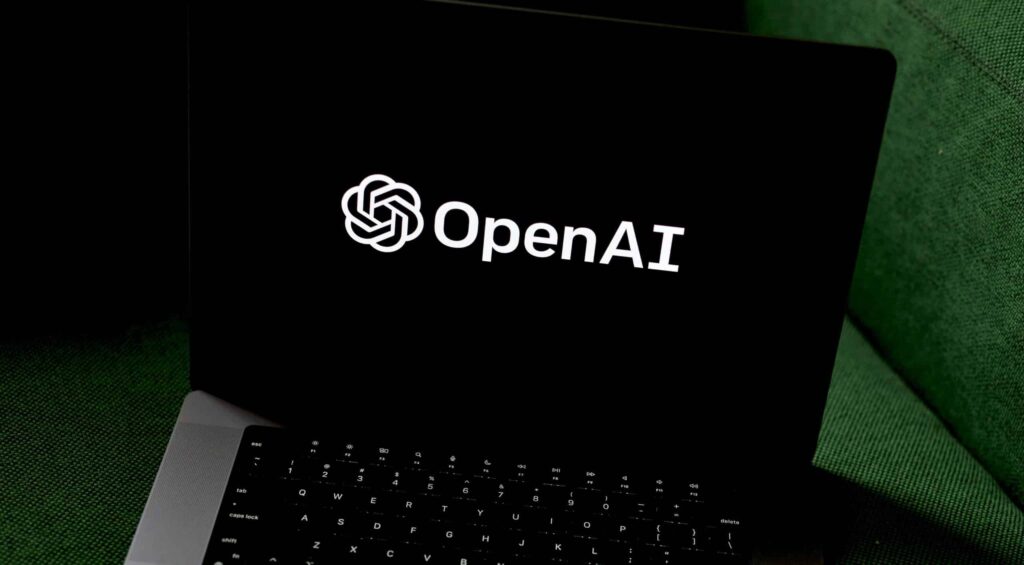In today’s fast-paced business environment, automation powered by artificial intelligence can significantly enhance operational efficiency. Small and mid-sized businesses (SMBs) can particularly benefit from AI-driven solutions. To help you design, deploy, and monitor an AI-powered automation for your business, this step-by-step guide outlines the necessary prerequisites, configuration steps, testing, monitoring, error handling, and cost control measures.
To begin, identify the specific process you want to automate. This requires careful analysis of your current operations. Are there repetitive tasks that consume significant time and resources? Common candidates for automation include customer service inquiries, order processing, and inventory management. Once you’ve pinpointed the task, align it with an AI solution that fits your needs. Many vendors offer ready-made AI tools that require minimal customization.
Next, ensure you have the right prerequisites in place. First, assess your existing technology infrastructure. Your business should have a robust internet connection and compatible hardware. Additionally, determine if you have an existing customer relationship management (CRM) system, as many AI tools integrate seamlessly with these platforms. Training staff to handle the new technology is another critical aspect, so consider scheduling educational sessions to familiarize them with the new workflow.
Moving to the configuration steps, start by selecting your AI software. Platforms like Zapier or Dialogflow provide user-friendly interfaces that blend AI capabilities with existing systems. After selecting a tool, follow the vendor’s installation guidelines, which usually involve creating an account and connecting the software to your existing systems. Input relevant information, such as customer data and specific process details, to allow the AI to understand what it needs to execute.
Once the setup is complete, conduct thorough testing to ensure everything is functioning as expected. Begin with a controlled environment, simulating a small batch of tasks. For example, if you’re automating customer service, input a few common inquiries and check how the AI responds. Look for accuracy and relevance in the responses, noting any areas for improvement. If the results are satisfactory, gradually scale your testing efforts until the system can handle a larger volume of tasks without error.
Monitoring is a crucial component of AI-powered automation. After deploying the system, track its performance metrics, such as response time and accuracy. Many platforms provide built-in dashboards that visualize these metrics for easier analysis. Set up regular intervals for reviewing performance, allowing you to make adjustments as needed. Be proactive in identifying any discrepancies or areas for optimization; promptly addressing these issues can enhance efficiency.
Error handling is also paramount. Develop protocols for how your business will manage errors when they occur. Ensure that employees understand how to troubleshoot minor issues and know when to escalate problems. This can help minimize downtime and keep operations running smoothly. Incorporate logging mechanisms within the automation system to record errors, giving you insights into frequent issues and potential solutions.
Cost control measures are necessary to maximize the benefits of your AI implementation. Create a detailed budget that accounts for software licensing, ongoing maintenance, and training costs. Monitoring your resource usage can also help identify unnecessary expenditures. Most platforms offer analytics tools that display usage data, allowing you to adjust or scale down as necessary.
Security concerns must not be overlooked. Data breaches can result in severe financial losses and tarnish your brand image. Ensure that the AI tools you choose comply with industry security standards. Regularly update these systems to protect against vulnerabilities. Encrypt sensitive data and limit access to only authorized personnel. Doing so can help uphold customer trust and safeguard your business assets.
Data retention policies play a critical role in your automation strategy. Every business should establish guidelines that determine how long customer data is stored and how it is used. Clear policies help ensure compliance with regulations such as GDPR, protecting your business from potential legal ramifications. It’s advisable to inform customers about your data retention policies upfront, enhancing transparency.
Privacy considerations are essential, especially in an environment where customer trust is paramount. Be transparent about how the AI system uses data. Implement opt-in mechanisms for data collection, allowing customers to choose whether they want to participate. Regularly review your policies to adapt to changing regulations and maintain consumer confidence.
Vendor lock-in is another critical factor to consider. When choosing an AI solution, be mindful of how easily you can switch vendors in the future. Opt for systems that utilize open standards and have strong integration capabilities. This flexibility will allow you to pivot if conditions change or if better solutions become available, ensuring you’re not indefinitely tied to one provider.
The return on investment (ROI) for AI automation can be difficult to quantify initially but can be estimated by measuring several key performance indicators (KPIs). Calculate time savings by comparing the time spent on manual activities versus automated ones. Assess customer satisfaction levels through surveys and analyze customer retention rates to find indications of improved service due to automation. The cumulative effect of these factors should provide a clearer picture of your ROI.
Ongoing maintenance of your AI solution is essential for long-term success. Routine checks and updates will keep the system running smoothly. Schedule periodic reviews to assess performance against KPIs. Ensure that your team is trained in troubleshooting and can implement updates easily, minimizing the chances of disruptions in service. If necessary, allocate a budget for hiring external expertise for more complex issues.
FlowMind AI Insight: By implementing AI-powered automation thoughtfully, small and mid-sized businesses can not only streamline operations but also gain a competitive edge in today’s digital landscape. The right approach, focused on careful planning and execution, can lead to enhanced productivity and significant long-term savings.
Original article: Read here
2025-09-29 19:54:00

